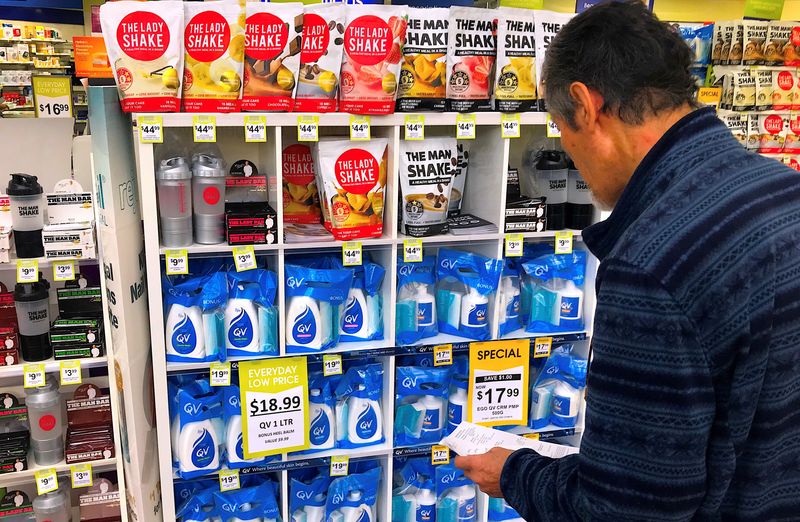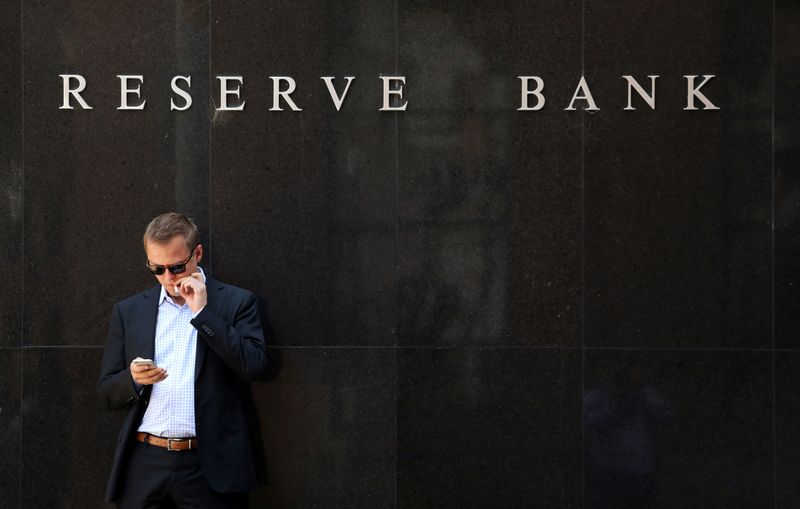SYDNEY (Reuters) - Australia's central bank on Friday warned there were risks of further upside surprises to inflation following its latest hike in interest rates, while also raising forecasts for economic growth and employment.
In its quarterly Statement on Monetary Policy, the Reserve Bank of Australia (RBA) said its Board discussed holding rates steady at its November policy meeting this week, but judged a hike was needed to ensure a slowdown in inflation.
"The Board's priority is to return inflation to target," the RBA said. Earlier this week, it ended a four-month pause by raising its cash rate a quarter point to a 12-year high of 4.35%. That brought the total increase this cycle to 425 basis points.
"Whether further tightening of monetary policy is required to ensure that inflation to target in a reasonable timeframe will depend on the data and the evolving assessment of risks," the RBA added.
Consumer price inflation (CPI) slowed to 5.4% in the third quarter, from a peak of 7.8% last year, but was still higher than expected and well above the RBA's target of 2-3%.
Stubborn inflation in the service sector led the RBA to revise up its forecasts for both CPI and core inflation.
The key trimmed mean measure of inflation is seen at 3.25% by the end of next year and just below 3.0% by late 2025, both around a quarter point higher than its previous forecast.
"There is potential for further upside surprises to inflation," the RBA cautioned, pointing to domestic cost pressures and external factors such as global warming.
Such surprises would risk de-anchoring inflation expectations and require even higher interest rates, the RBA said.
The central bank also noted the domestic economy had proved more resilient than expected, in part due to very rapid migration and strong government spending on infrastructure.
The economy was now expected to expand at an annual 1.5% pace this quarter, up from 1.0% previously. Growth for end 2024 was lifted by a quarter point to 2.0%, while the forecast for late 2025 stayed at 2.25%.
That in turn meant unemployment was now seen peaking at 4.25% in 2024, rather than the 4.5% previously predicted. The current jobless rate of 3.6% is near its lowest since the 1950s.
Still the RBA did note that past rate rises coupled with high inflation had eroded real incomes and that many households were facing a "painful squeeze" on their budgets.

Analysts estimate the latest rate rise will add A$100 a month in payments on a typical A$600,000 loan, bringing the total increase since May 2022 to $17,000 a year.
